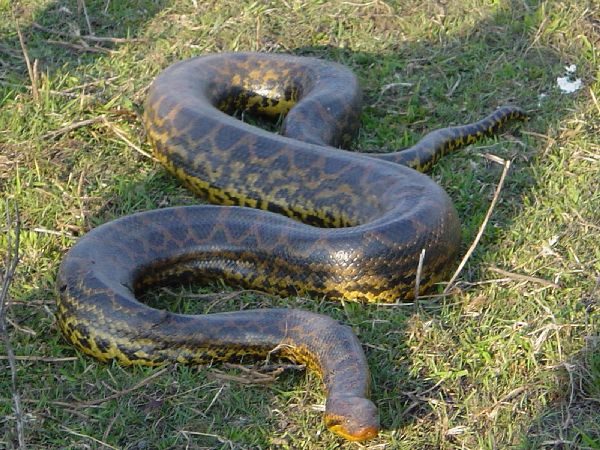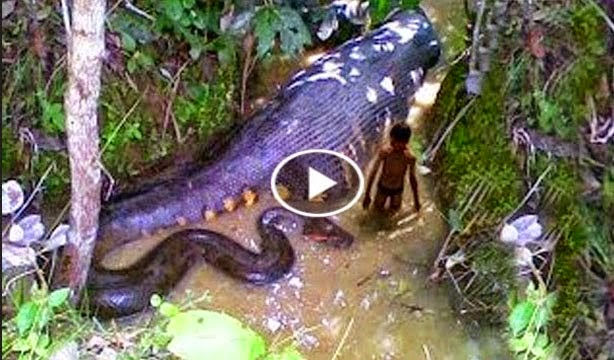
Our knowledge of the biology of neonatal snakes has lagged behind that of adult animals, mostly due to the difficulty of finding and studying neonatal snakes in the wild. So we have been evaluating the abundance of Northern Crayfish (NC) to see this effect. So the possibility exists that eradicating the BF from the system we may release a, perhaps, more harmful mesopredator. So far two master thesis have been produced with this study and a few more are on the works.Įarly data showed that Northern Crayfish (Orconectes virilis), another invasive, constituted more than 80 of the mass encounter on the stomachs of removed BF. Since 2012 we have been evaluating the populations of all the prey items we have found in the diet of BF and of their potential competitors. So, we eradicated the Bullfrogs from Mora River in a section (2KM) of Rio Mora National Wildlife Refuge while leaving an unmanaged section of comparable size.

Since BF have been introduced for several decades, we don't know what the eco system was like before they came about.

This study aims to study the effect of Bullfrogs (or its eradication) on the aquatic community of Northern New Mexico. Although brown treesnakes had longer quadrate bones, Burmese pythons had larger absolute and larger relative gape as a combined result of larger overall size, larger relative head size, and most importantly, greater stretch of the soft tissues.

The pythons we studied are noteworthy for having large overall size and gape that is large even after correcting for overall size, both of which could facilitate some large individuals (SVL = 5 m) exploiting very large vertebrate prey (e.g., deer > 50 kg). For a given SVL or mass, the predicted maximal values of RPM of the Burmese pythons exceeded those of brown treesnakes for all prey types, and predicted values of RPM were usually least for chickens, greatest for limbed reptiles and intermediate for mammals. In both snake species and for all types of prey, the scaling relationships predicted that relative prey mass (RPM) at maximal gape decreased precipitously with increased overall snake size. For similar snout-vent lengths (SVL), the maximal gape areas of Burmese pythons were approximately 4–6 times greater than those of brown treesnakes, mainly as a result of having a significantly larger relative contribution to gape by the intermandibular soft tissues (43% vs. Although skull size scaled with negative allometry relative to overall size, isometry and positive allometry commonly occurred for other measurements. To test how overall size predicts gape, we quantified the scaling relationships between maximal gape, overall size, and several cranial dimensions for a wide range of sizes (mass 8–64,100 g) for two large, invasive snake species: Burmese pythons (Python molorus bivittatus) and brown treesnakes (Boiga irregularis). Snakes are a phylogenetically diverse (> 3500 species) clade of gape-limited predators that consume diverse prey and have considerable ontogenetic and interspecific variation in size, but empirical data on maximal gape are very limited.
#Largest anaconda pdf#
This book is published by Oxford University press and there is no pdf available for distribution. The rich photographs provided, paired with Rivas' storytelling, makes this the perfect book for anyone looking to learn (or even learn more!) about this mysterious snake. The resulting book is a complete and engaging examination of the world's largest snake. Rivas uses an ecological and evolutionary framework to present his research and supplements hard data with descriptions of his research methods, including how he tracked down the anaconda for observation and study in wild. Drawing on twenty-five years of research on this reptile in the wild and in captivity, Rivas delves into the biology, behavior, demography, reproductive habits, and diet of the anaconda, as well as issues relating to its conservation. More than just presenting facts about anacondas, Rivas tells his story about studying them in the field.Īnaconda presents a comprehensive treatment of the natural history of the elusive green anacondas. In this book, Rivas describes his experiences over a quarter of a century, exploring the secret life of these fantastic snakes, including: their diet, movement patterns, life and tribulations, survival, behavior, and fascinating reproductive life. Written by Jesús Rivas, the undisputed expert on the biology of anacondas, this is the first authoritative book on the biology of the green anaconda.

Anaconda tells the unexpected story of the world's largest snake.


 0 kommentar(er)
0 kommentar(er)
